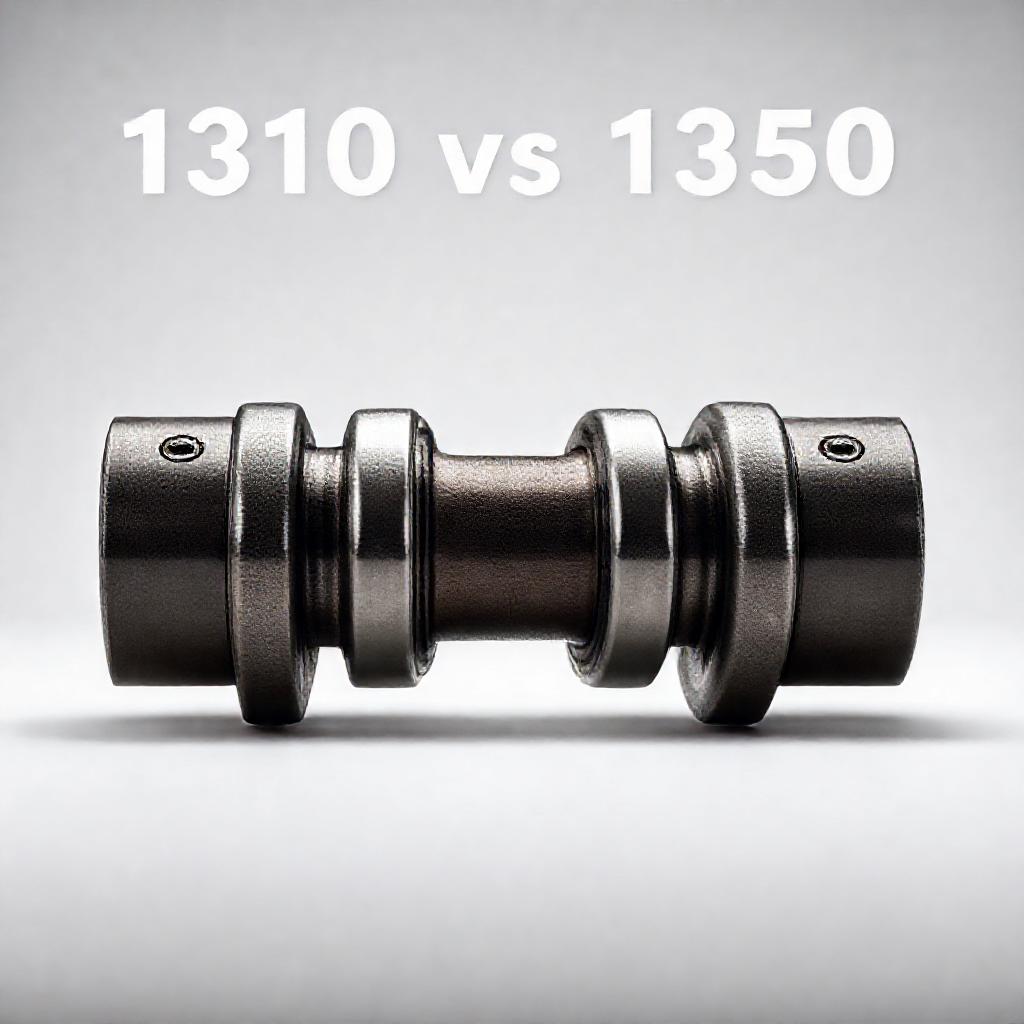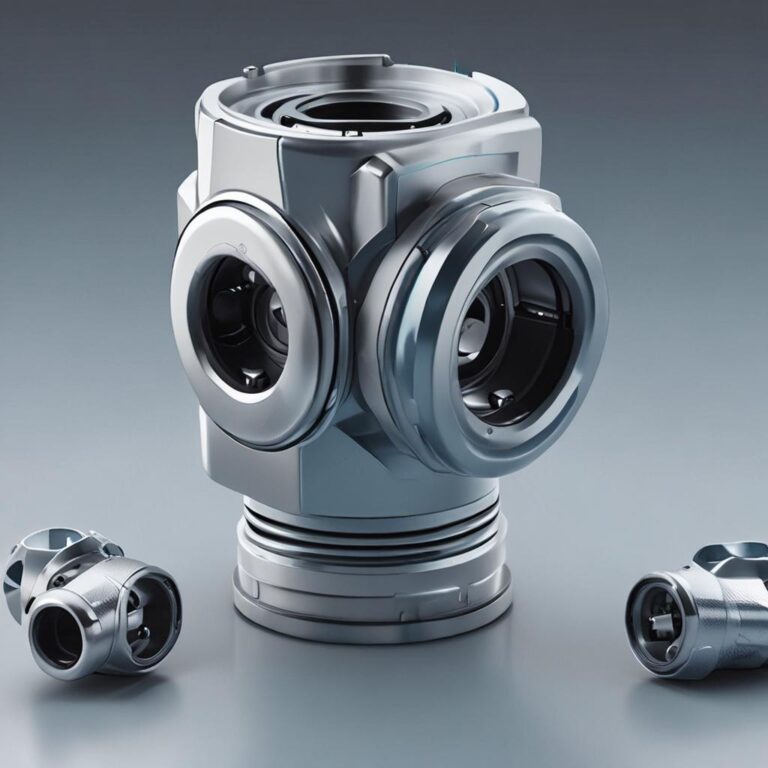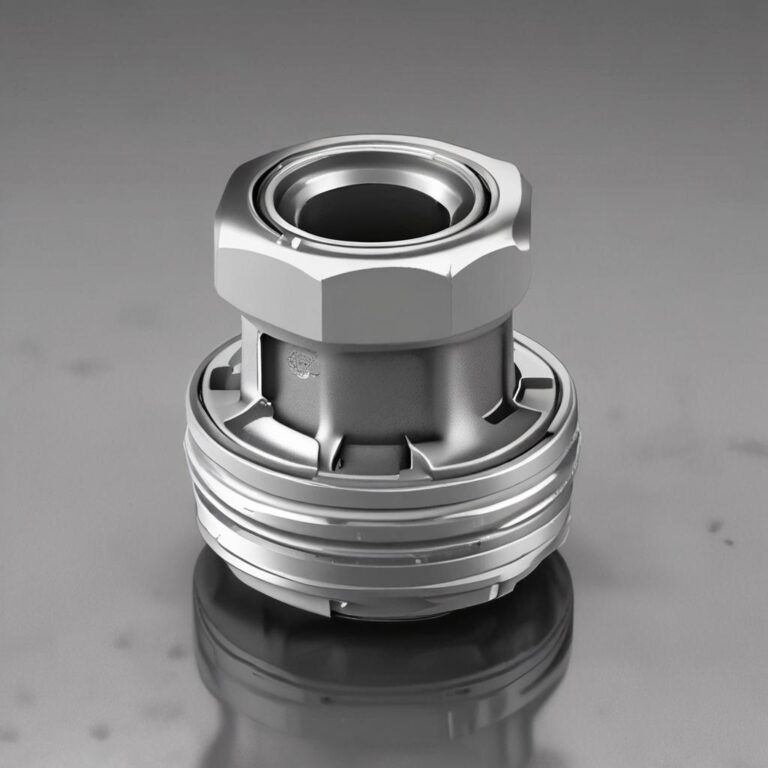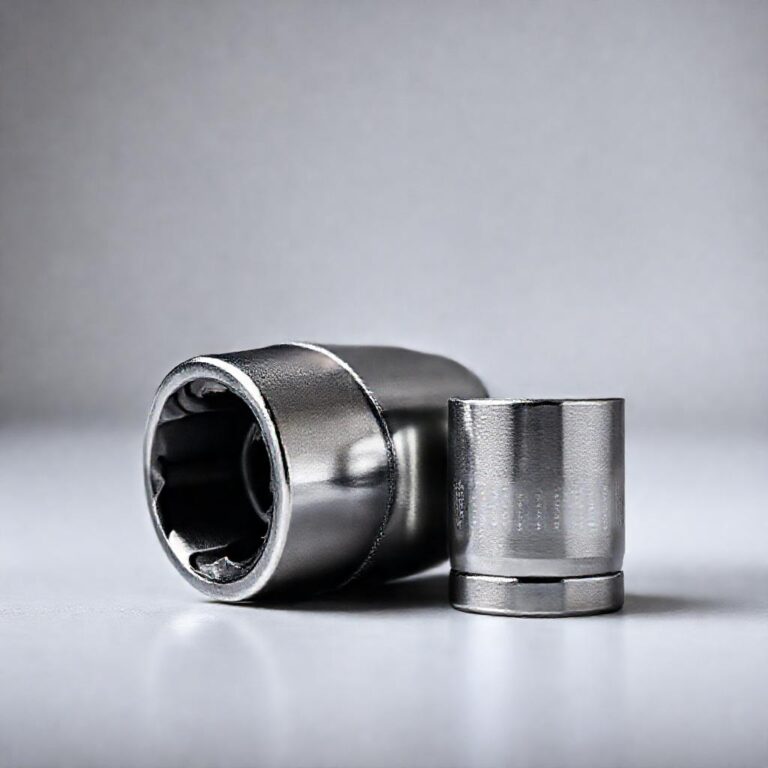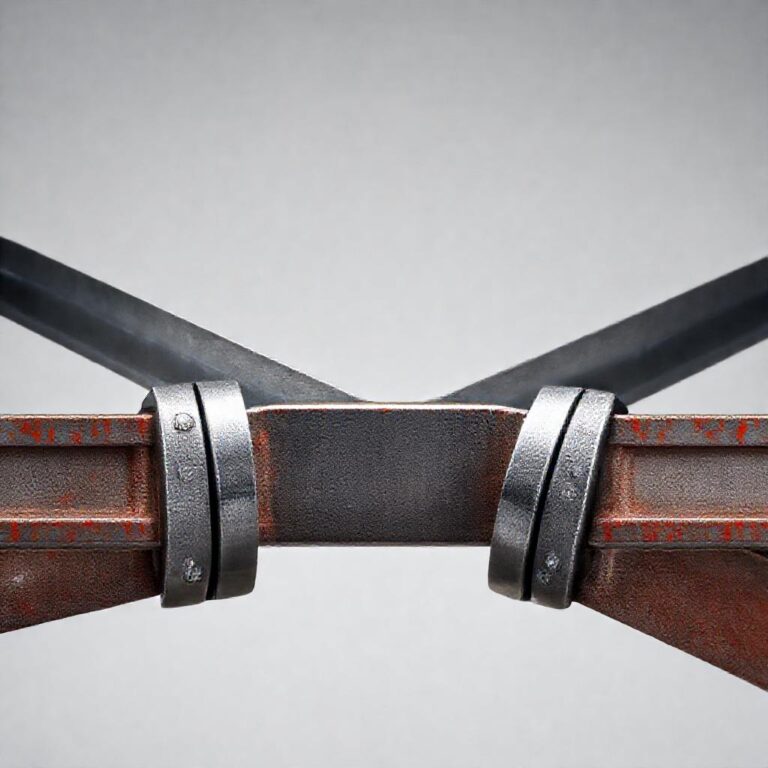1310 Vs 1350 U-joint: What’s the Real Difference?
When it comes to the smooth operation of vehicles and machinery, U-joints (universal joints) play a critical role. These components are essential for transferring torque between shafts that operate at different angles, ensuring power is delivered efficiently. However, not all U-joints are created equal, and choosing the right one can significantly impact performance and durability. In this blog, we’ll dive into the key differences between two popular types of U-joints—the 1310 and the 1350—to help you make an informed decision for your specific needs.
What Are U-Joints and Why Are They Important?
U-joints are mechanical components designed to connect two rotating shafts at an angle, allowing them to transfer torque while accommodating misalignment. They are commonly found in vehicles, industrial machinery, and other mechanical systems where flexibility and power transmission are crucial. The quality and type of U-joint used can directly affect the efficiency, durability, and overall performance of the system. Choosing the right U-joint ensures smoother operation, reduces wear and tear, and prevents costly breakdowns.
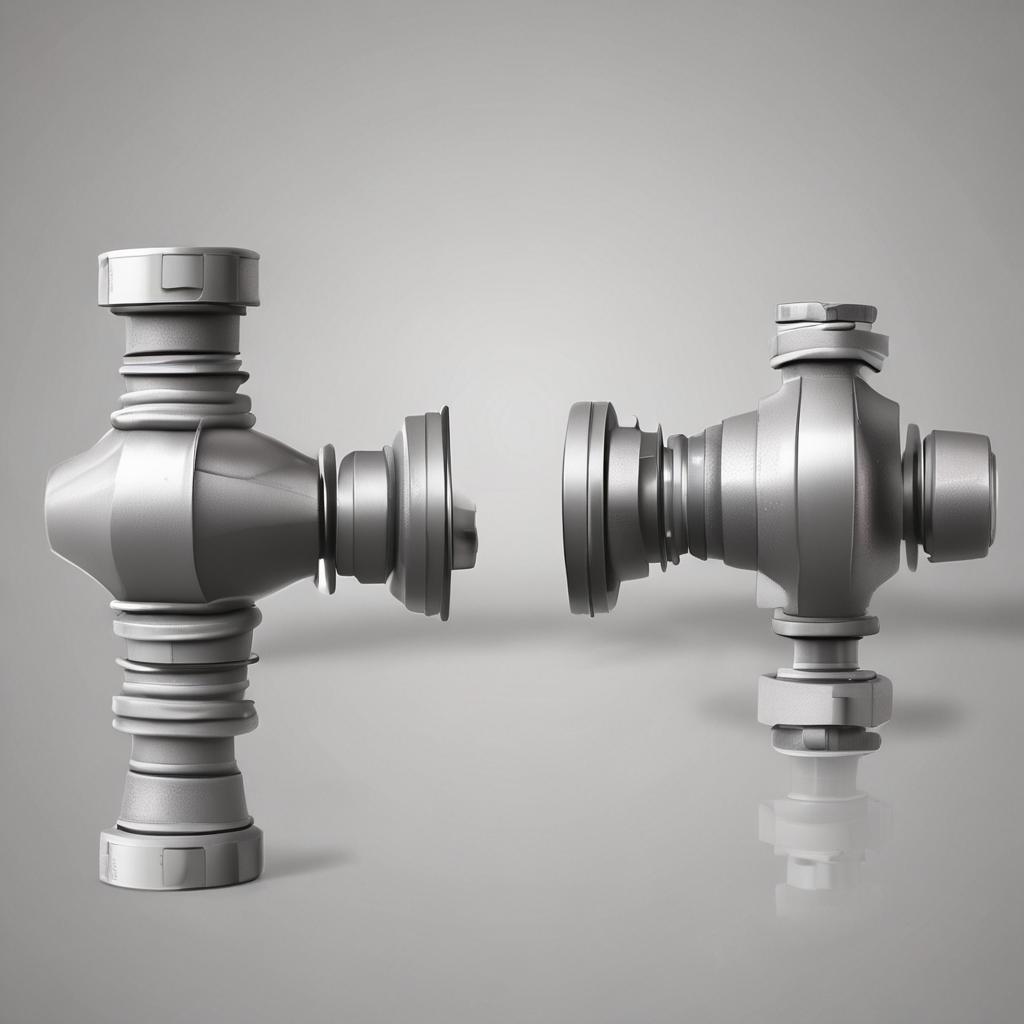
Understanding the 1310 U-Joint
Overview of the 1310 U-Joint
The 1310 U-joint is a widely used universal joint known for its versatility and cost-effectiveness. It typically features a smaller size and lighter construction, making it suitable for a variety of applications. Its dimensions and material composition are designed to handle moderate torque and stress levels, making it a popular choice for many standard vehicles.
Common Applications
The 1310 U-joint is commonly found in light-duty trucks, passenger vehicles, and smaller machinery. Its compatibility with a wide range of systems makes it a go-to option for many automotive and mechanical applications.
Strengths and Weaknesses
The 1310 U-joint is praised for its affordability and ease of installation. However, its smaller size means it has a lower load capacity compared to larger U-joints like the 1350. This makes it less suitable for heavy-duty applications or high-stress environments.
Understanding the 1350 U-Joint
Overview of the 1350 U-Joint
The 1350 U-joint is a heavy-duty universal joint designed to handle higher torque and stress levels. It is larger and more robust than the 1310, with enhanced durability and performance capabilities. Its construction often includes stronger materials to withstand demanding conditions.
Common Applications
The 1350 U-joint is typically used in heavy-duty trucks, off-road vehicles, and industrial machinery. Its ability to handle greater loads makes it ideal for applications where strength and reliability are paramount.
Strengths and Weaknesses
The 1350 U-joint excels in durability and load capacity, making it a top choice for demanding environments. However, its larger size and higher cost can be a drawback for those with lighter-duty needs or budget constraints.
Key Differences Between 1310 and 1350 U-Joints
Size and Dimensions
The 1350 U-joint is noticeably larger and heavier than the 1310, which directly impacts its load capacity and durability.
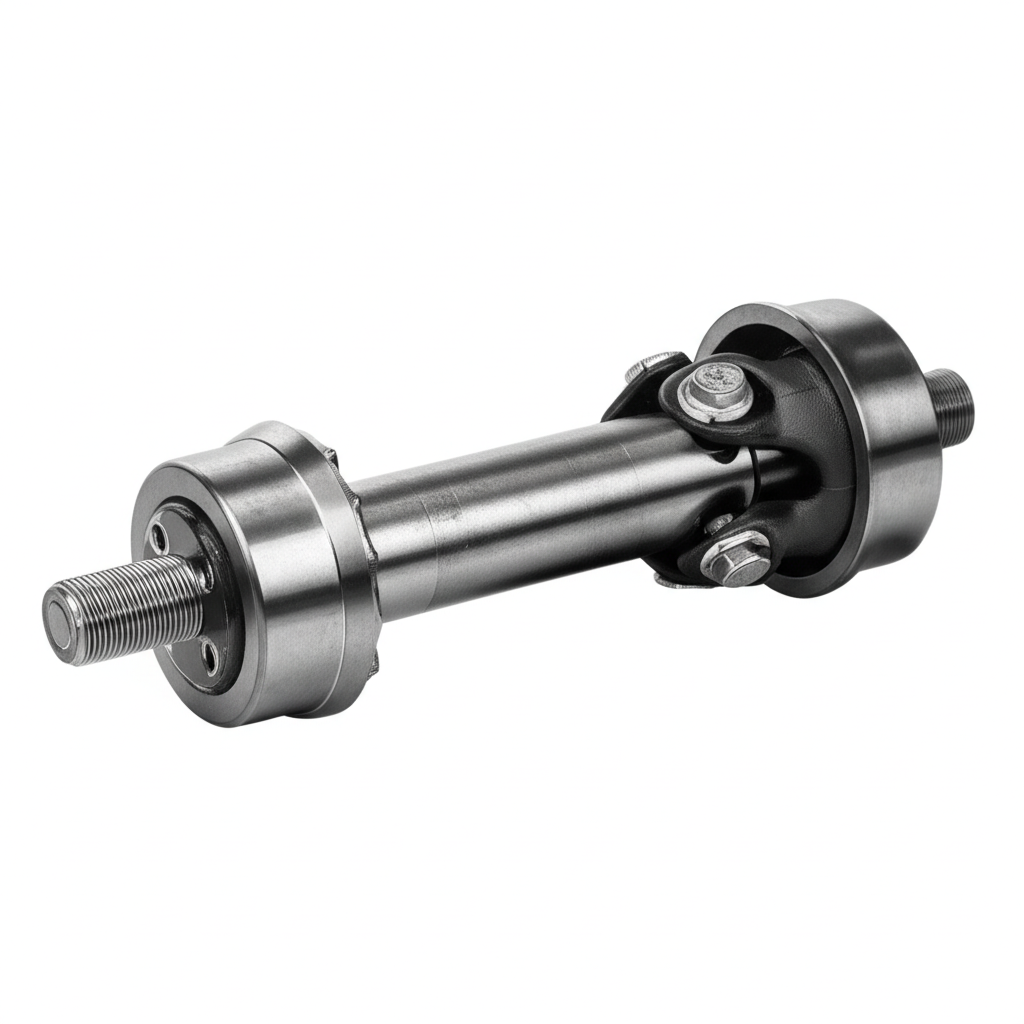
Load Capacity
The 1350 can handle significantly higher torque and stress levels, making it suitable for heavy-duty applications. The 1310, while reliable, is better suited for moderate loads.
Durability and Lifespan
Thanks to its robust construction, the 1350 generally has a longer lifespan under high-stress conditions. The 1310, while durable, may wear out faster in similar environments.
Cost and Availability
The 1310 is more affordable and widely available, while the 1350’s higher cost reflects its superior performance and durability.
Compatibility
The 1310 is compatible with a broader range of vehicles and systems, whereas the 1350 is specifically designed for heavy-duty applications.
Choosing the Right U-Joint for Your Needs
Factors to Consider
When selecting a U-joint, consider factors like load requirements, vehicle type, budget, and usage conditions. These will help determine whether the 1310 or 1350 is the better fit.
When to Choose a 1310 U-Joint
Opt for a 1310 U-joint if you have a light-duty vehicle, need a cost-effective solution, or require compatibility with a wide range of systems.
When to Choose a 1350 U-Joint
Choose a 1350 U-joint for heavy-duty vehicles, off-road applications, or any scenario where durability and high load capacity are essential.
Professional Recommendations
Consult with a mechanic or industry expert to ensure you’re selecting the right U-joint for your specific needs.
Installation and Maintenance Tips for U-Joints
Installation Best Practices
Proper installation is key to maximizing the lifespan of your U-joint. Ensure all components are aligned correctly and securely fastened to prevent premature wear.
Maintenance Tips
Regularly inspect your U-joints for signs of wear, such as rust or cracks. Lubricate them as recommended by the manufacturer to keep them functioning smoothly.
Common Issues and Troubleshooting
Watch for symptoms like vibrations, clunking noises, or difficulty steering, which may indicate a failing U-joint. Address these issues promptly to avoid further damage.
Conclusion
Choosing between a 1310 and a 1350 U-joint ultimately depends on your specific needs and application. While the 1310 offers affordability and versatility, the 1350 provides unmatched durability and load capacity for heavy-duty tasks. By understanding the differences and considering your requirements, you can make an informed decision that ensures optimal performance and longevity. If you’re still unsure, don’t hesitate to consult a professional for guidance.
FAQ Section
Can I replace a 1310 U-joint with a 1350 U-joint?
Replacing a 1310 with a 1350 U-joint may require modifications, as the two differ in size and compatibility. Consult a professional to determine if this is feasible for your system.
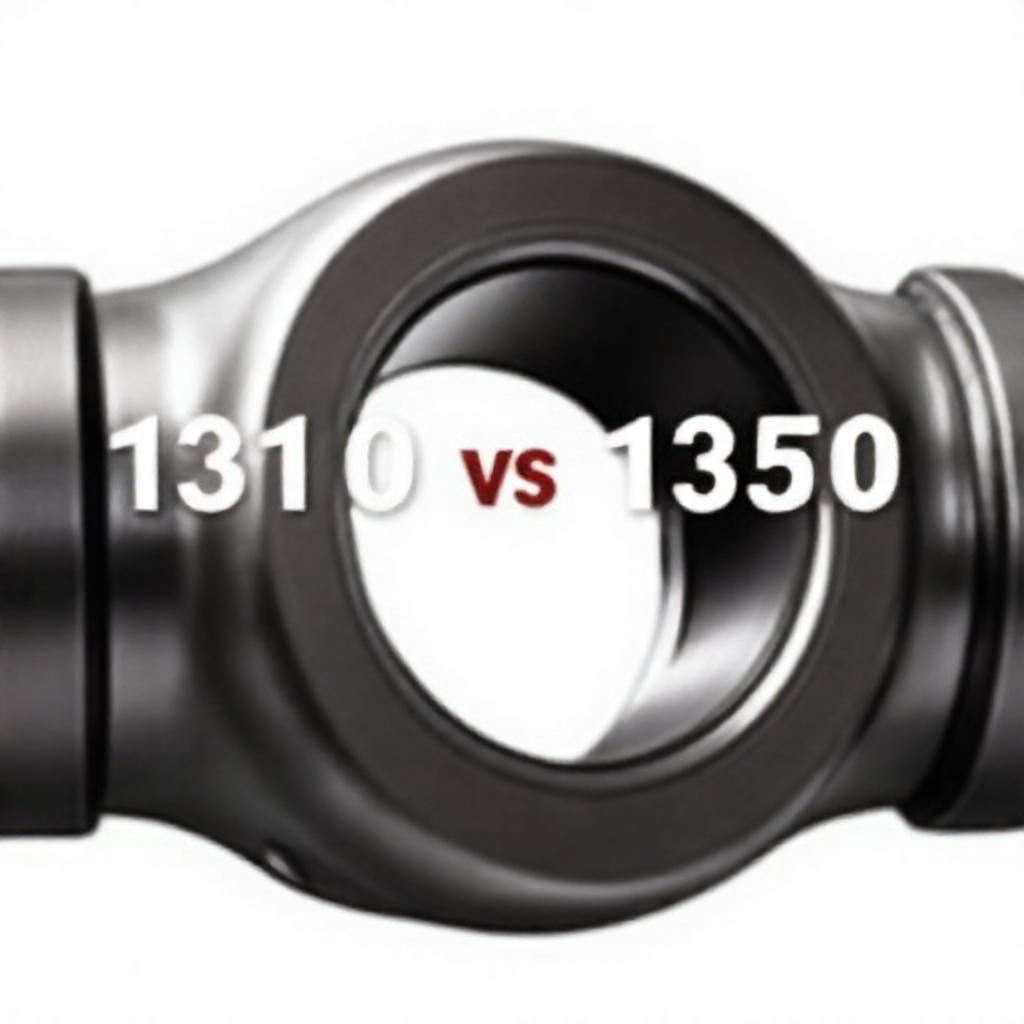
Which U-joint is better for off-road vehicles?
The 1350 U-joint is often preferred for off-road vehicles due to its higher load capacity and durability in rugged conditions.
How do I know if my U-joint is failing?
Common signs of a failing U-joint include vibrations, clunking noises, and difficulty steering. Address these symptoms promptly to avoid further damage.
Are 1350 U-joints worth the extra cost?
For heavy-duty applications, the 1350 U-joint’s durability and performance often justify its higher cost. However, for lighter-duty needs, the 1310 may be more cost-effective.
Can I use a 1310 U-joint for towing?
While the 1310 U-joint can handle light towing, it may not be suitable for heavy loads. For frequent or heavy towing, consider upgrading to a 1350 U-joint.

